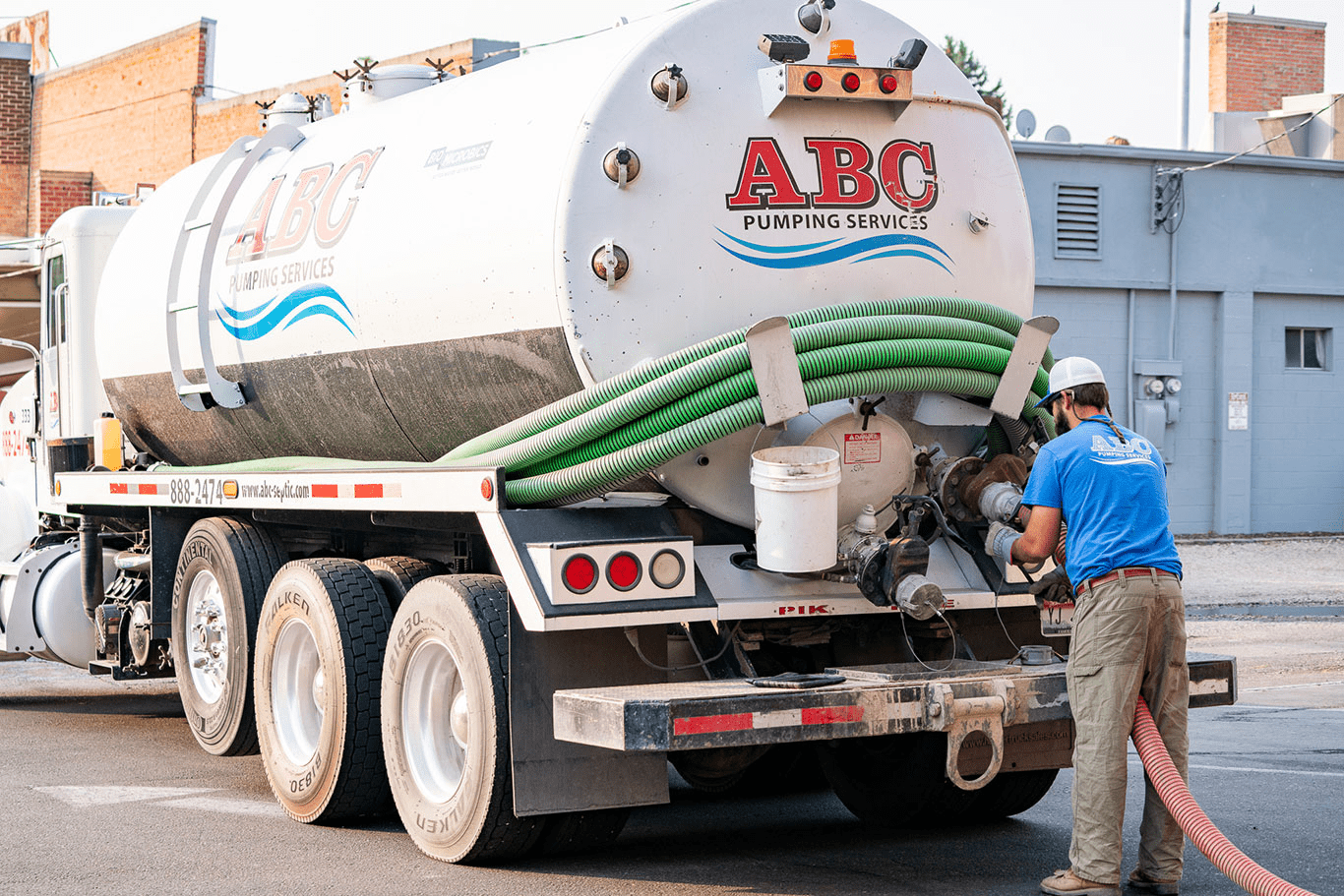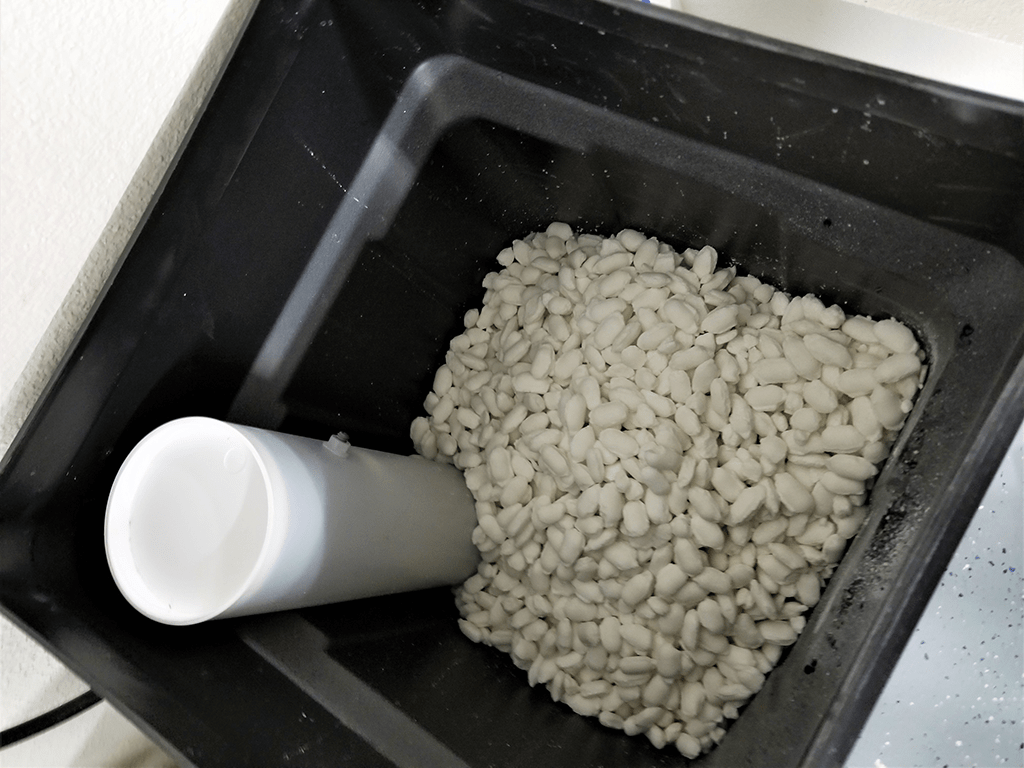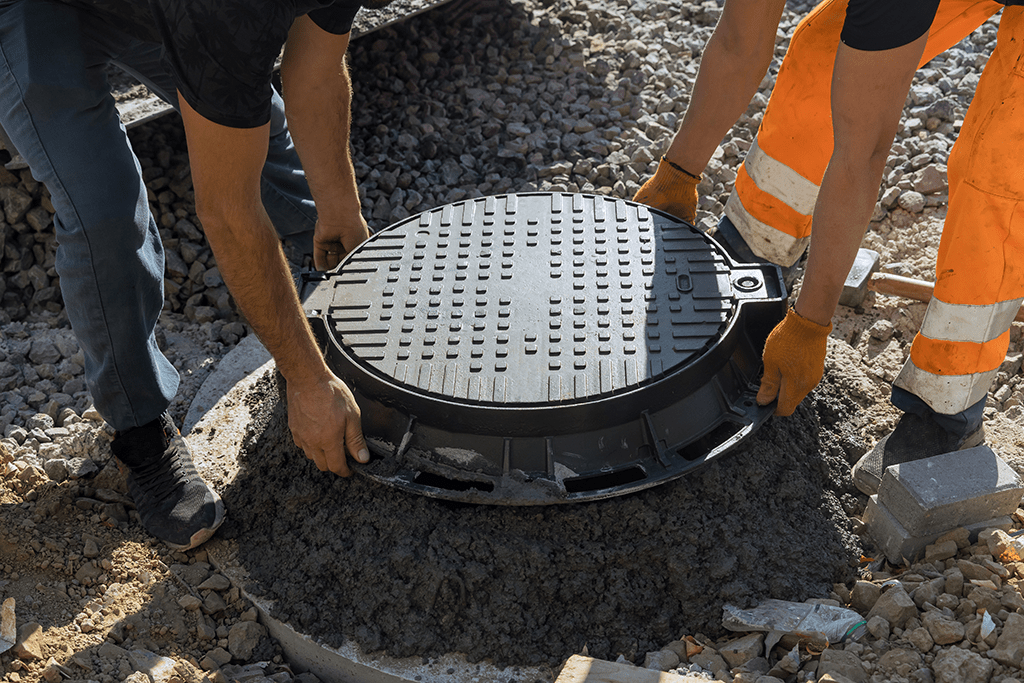If you are a homeowner, it is important to be aware of your septic system and drain field. Septic systems and drain fields help treat wastewater from your home before it is released into the environment. Understanding how these systems work and how to maintain them can help protect your home and the surrounding environment. In this blog post, we will discuss common issues with septic systems and drain fields, as well as preventative measures that homeowners should take.
With so many other responsibilities of homeownership, it is easy to overlook or forget about the drain field that may be a part of the septic system. It is important for homeowners to understand drain fields and where theirs is located on the property, which can be determined by a professional at a service company if needed. Taking preventative action, such as regular inspections, can go a long way towards saving money and headaches down the line by catching and fixing problems early before they become costly repairs. Being aware of drain fields as part of your responsibility as a homeowner will help ensure peace of mind for years to come.
What is a Septic System?
A septic system is a self-contained unit in which wastewater from your home is collected, treated, and disposed of safely. The main components of a septic system are the tank, which collects the wastewater; the soil beneath the tank, where natural bacteria break down harmful substances; and the drain field, which disperses effluent (treated wastewater) away from your home. It’s important to note that sewage treatment plants use similar processes to treat wastewater on a larger scale.
Drain fields, also known as seepage beds and leach fields, are an important part of many drain systems. They allow wastewater to drain from a plumbing system, safely and naturally filter it, and eventually return the treated water to the general groundwater supply. Drain fields usually consist of networks of small perforated underground pipes which divert waste away from the home and drain it into permeable soil where bacteria decompose solid wastes. While more traditional drain systems contained tanks for storing sewage, drain fields represent a far more efficient and cost effective solution for wastewater management. In addition to being better for the environment, drain fields provide superior treatment of wastewater than mechanical and chemical systems because they use natural bacteria available in the soil to clean out pathogens.
Common Issues With Drain Fields
Drain fields, or septic drain systems, are a critical component of your home’s plumbing system. However, drain fields can have issues which cause contamination of both the groundwater and your home. The two most common drain field problems are clogs and leaching. Clogs might happen because debris has built up in the drain field over time or by flushing inappropriate items that can block the pipes. Leaching is created when drain fields are either saturated with wastewater or overused, allowing pollutants to be carried off into the environment. It is important to know where your drain field is located, look out for signs of these issues, and contact a professional if needed in order to protect yourself and the environment from harm.
Clogs: Clogs occur when solids accumulate in the drainage pipes or leach lines in your drain field. Clogs can cause backups in your pipes that lead to overflowing toilets or smelly drains. Common signs of clogged pipes include slow draining sinks or tubs, gurgling sounds coming from drains, or an unpleasant odor coming from drains. To prevent clogs from forming, it’s important to avoid pouring grease down drains or flushing large objects such as feminine hygiene products down toilets.
Leaching: Leaching occurs when effluent escapes from the soil beneath your tank and either enters groundwater supplies or flows onto nearby property (or out into streets). This can be caused by high water levels in tanks due to overuse or by worn out components in tanks needing repair/replacement. Common signs of leaching include standing water around your yard near the tank or wet spots on nearby properties that weren’t there before. To prevent leaching from occurring, it’s important to regularly inspect your tank for any damage/wear-and-tear and have repairs done promptly if necessary. Additionally, try not to overuse water inside your home since this can put unnecessary pressure on tanks leading to leaks/leaching issues.
As mentioned earlier, it is important for homeowners to understand their septic system and be aware of what they need do keep it running properly so that their home remains safe and healthy for their family as well as surrounding environment. Clogs can cause problems if left untreated while leaching can contaminate groundwater supplies or flow onto nearby properties if not monitored correctly.
Proactive maintenance of your septic system is key to preventing a drain field blockage or drain field failure from occurring. Having it inspected and pumped every two to three years can help identify any problems early on and greatly reduces the chances of an issue with drain fields or other components of the system. Potential drain field problems should also be flagged during the inspection: a drain field that has areas of standing water, a wet patch in the grass, or odors emanating from the drain field are all signs that immediate attention may be needed. Taking preventative action now can save you significant time and expense in the future. ABC Pumping is your premier choice for septic drain field maintenance, give us a call today!







